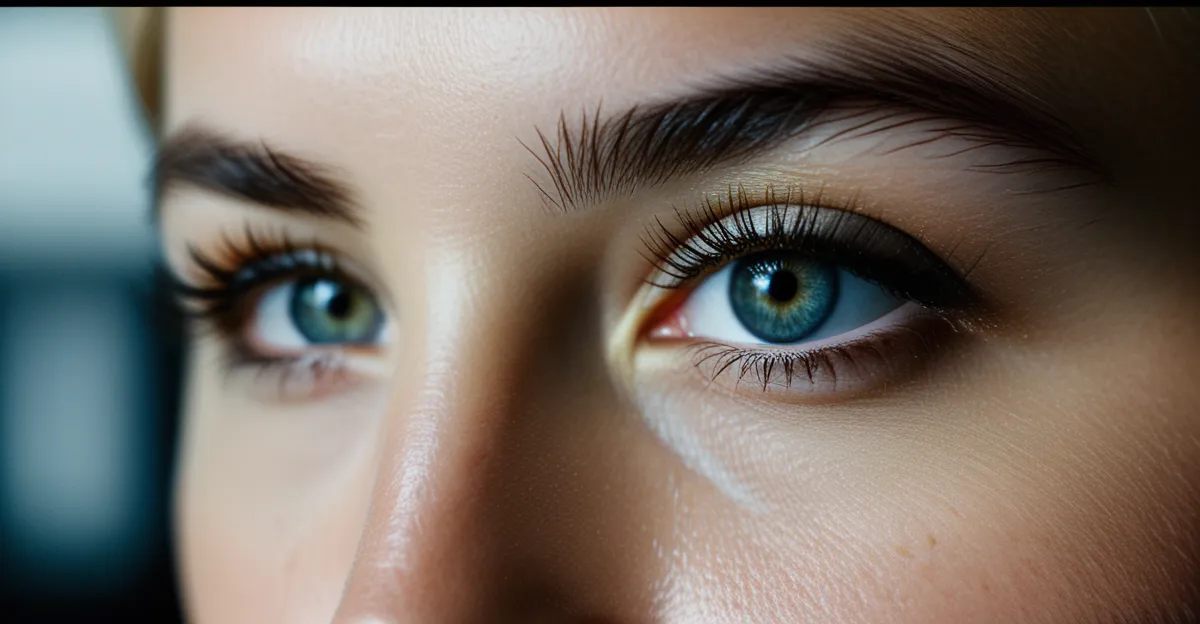Quick Start: Essential Smart Devices for UK Homes
Starting a beginner smart home setup in the UK involves selecting the right core smart devices tailored to local standards. Essential smart home devices UK include smart lights, thermostats, plugs, and security cameras. These form the foundation of a functional and efficient smart system that enhances daily living.
Choosing devices compatible with UK electrical systems and plugs is crucial. Most smart plugs and appliances must comply with the UK’s 230V supply and BS 1363 plug standard. When selecting smart thermostats, ensure compatibility with the UK’s heating controls, such as combi boilers or zone valves.
Additional reading : How Can You Transform Your Living Room into a Relaxation Haven?
Recommended brands for UK homes often include manufacturers who design with regional safety and compatibility in mind. For example, popular smart bulbs support UK fittings (E27 or B22), while many smart plugs feature the three-pin UK plug. This avoids the need for adapters, making installation straightforward.
By focusing on these core devices, users can quickly build a reliable, cohesive smart home system that fits UK homes’ unique infrastructure. Prioritising compatibility reduces setup difficulties and enhances the overall user experience with smart technology basics.
Also to read : How can you design a home office that boosts productivity in a UK setting?
Lighting and Environment: Upgrading with Smart Bulbs and Sensors
Smart lighting UK solutions elevate both convenience and energy savings. Installing smart bulbs allows precise control over brightness and colour, enabling customised ambiance suited to any room or mood. Additionally, replacing standard bulbs with smart versions compatible with UK fittings (E27 or B22) ensures seamless integration without adapters, simplifying installation.
The installation process mainly involves swapping existing bulbs with smart ones; no additional wiring is typically necessary. However, understanding local electrical standards is crucial—UK homes use 230V supply and BS 1363 plug specifications, so ensuring bulbs meet these requirements avoids safety issues.
Automated lighting solutions extend beyond bulbs by integrating motion and ambient light sensors. These sensors trigger lights based on presence or daylight levels, enhancing convenience and further reducing energy consumption. Scheduling options can automate on/off times, ensuring lights operate only when needed.
Combining these elements creates an efficient and responsive home environment. For example, sensors can turn on hallway lights at night automatically, while smart bulbs adjust warmth during the evening for relaxation. This flexibility highlights the practical benefits of smart lighting UK setups within a beginner smart home setup, delivering both comfort and cost savings.
